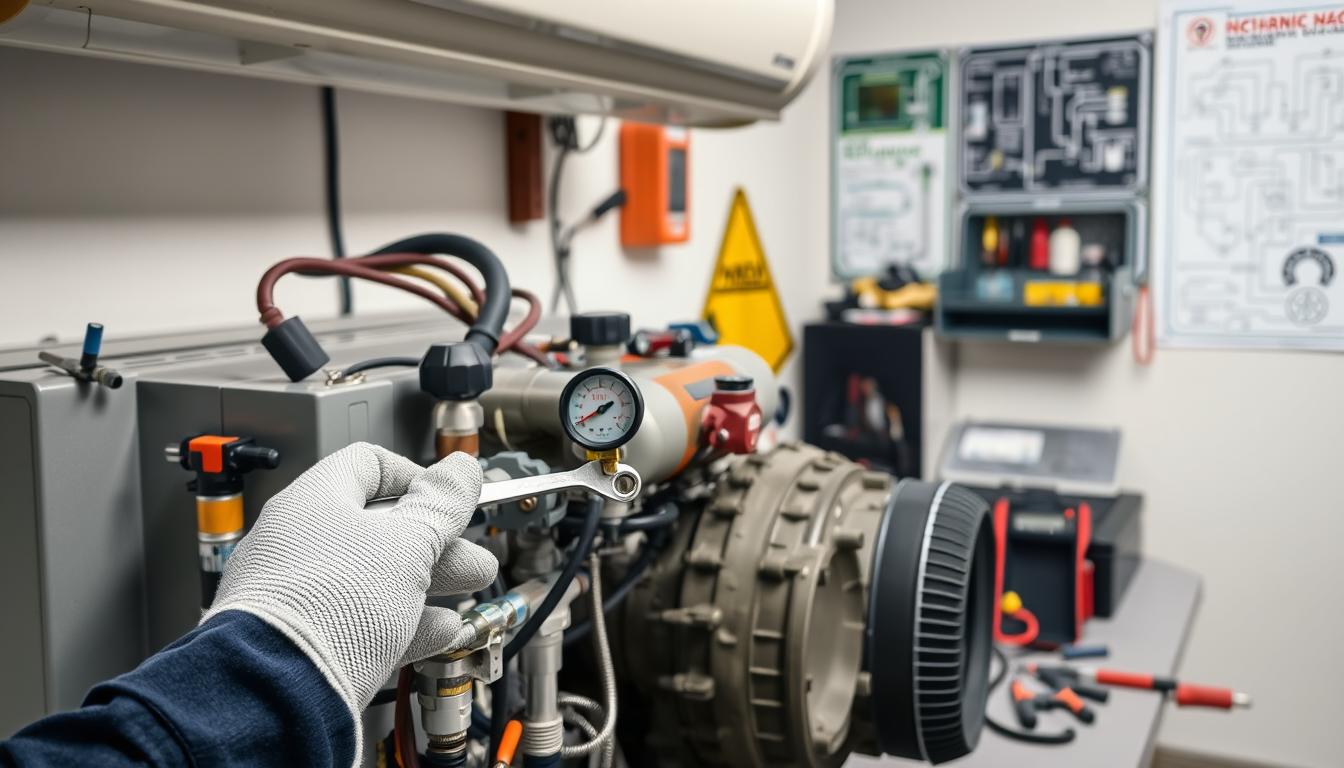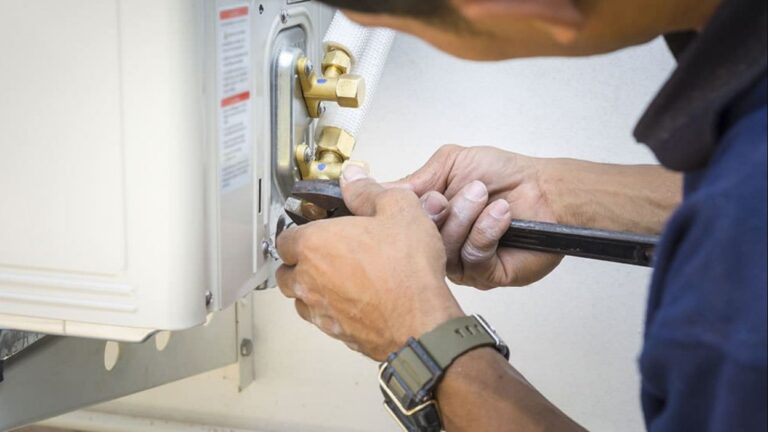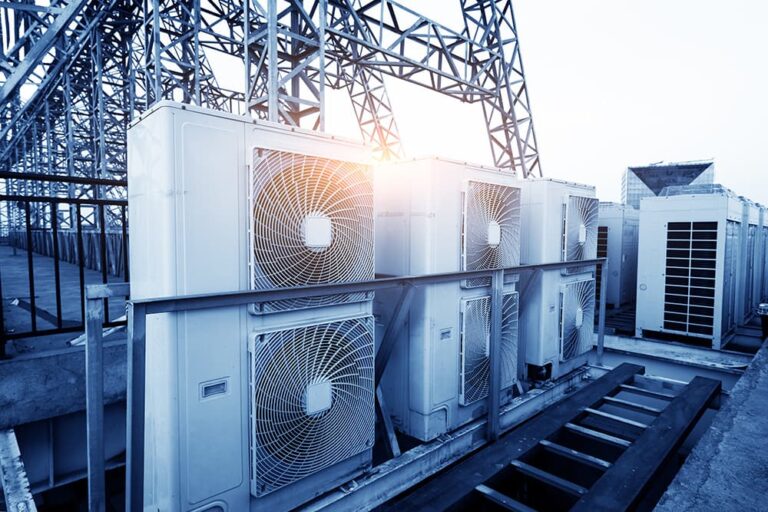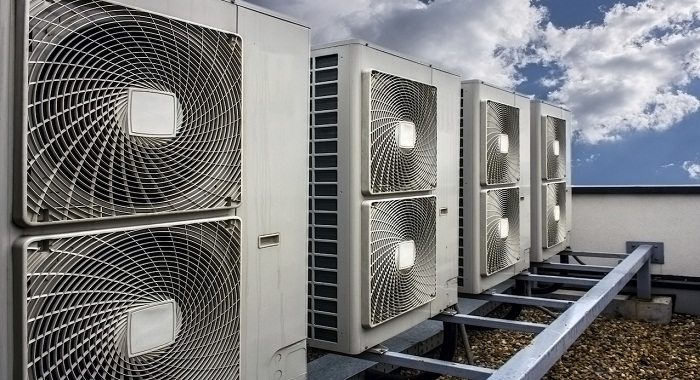Complete Seasonal HVAC Maintenance Checklist for Homeowners
Maintaining your HVAC system is crucial for ensuring home comfort, efficiency, and safety throughout the year.
A well-maintained system helps prevent unexpected breakdowns, extends equipment lifespan, and ensures optimal performance during peak usage seasons. For more detailed HVAC maintenance tips, you can refer to our comprehensive guide.
By following a structured maintenance checklist, homeowners can identify minor issues before they become major problems requiring costly repairs. This guide provides a season-by-season checklist to properly maintain your heating and cooling systems.
Key Takeaways
- Regular maintenance is essential for HVAC system efficiency and longevity.
- A well-maintained system prevents unexpected breakdowns and costly repairs.
- Homeowners can perform basic maintenance tasks to improve system performance.
- Scheduling annual professional maintenance is highly recommended.
- A properly maintained HVAC system will last longer and cost less to operate.
The Importance of Regular HVAC System Maintenance
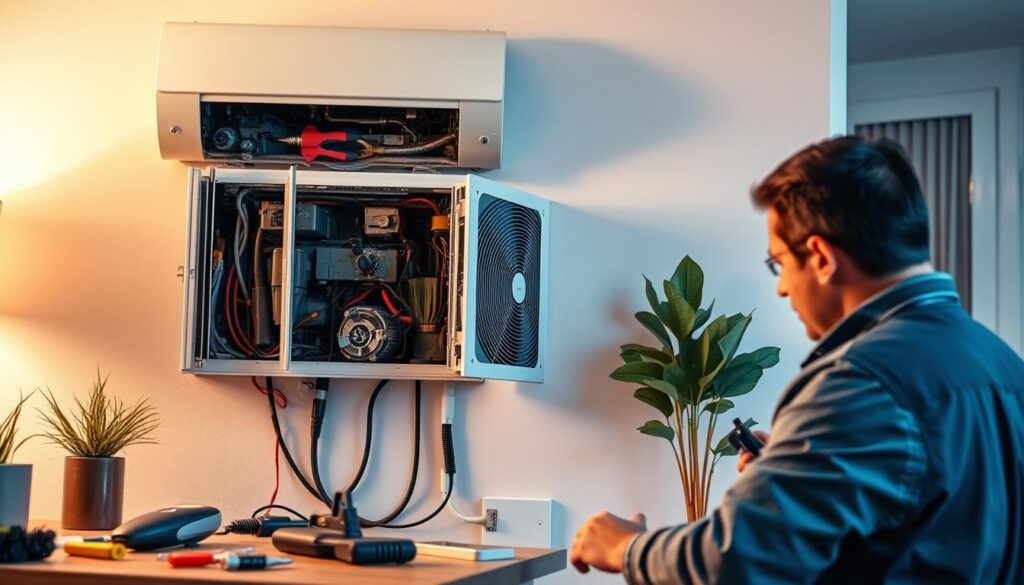
The key to a long-lasting and efficient HVAC system lies in consistent maintenance. As with any piece of machinery, better care leads to a longer lifespan. Typically, your diligence year-round will give you longer use out of your system, adding months or years of value.
Preventing Costly Repairs and System Failures
Regular maintenance is crucial for preventing costly repairs and system failures. Most HVAC systems are designed to last 15-20 years, but without proper care, they may fail much sooner. Some key benefits of regular maintenance include:
- Ensuring all components are functioning properly, reducing wear and tear on the entire system.
- Identifying parts that need replacement before they cause damage to other components.
- Preventing premature component failures that could have been avoided with routine care.
Extending Equipment Lifespan and Warranty Compliance
Consistent care of your HVAC equipment can extend its useful life by 3-5 years or more compared to neglected systems. For more information on how often you should service your HVAC system, visit https://hvacnearme.today/how-often-should-you-get-your-hvac-serviced/. Many manufacturers require proof of regular maintenance to keep warranties valid, making documentation of service visits important.
By investing in regular maintenance and service, homeowners can enjoy a more efficient, reliable, and longer-lasting HVAC system.
Benefits of Following a Seasonal HVAC Maintenance Checklist

Following a seasonal HVAC maintenance checklist can lead to improved energy efficiency and lower utility bills. A properly maintained HVAC system is essential for maintaining a comfortable indoor environment.
Improved Energy Efficiency and Lower Utility Bills
A well-maintained HVAC system operates at its optimal level, reducing energy consumption and lowering your utility bills. Regular maintenance tasks such as cleaning filters and inspecting ductwork help achieve this efficiency.
By doing so, you can save money on your energy expenses and reduce your environmental footprint.
Enhanced Indoor Air Quality and Health Benefits
Regular HVAC maintenance improves indoor air quality by removing dust, pollen, and other allergens that might be circulating in your home. This leads to a healthier indoor environment, especially for those with respiratory issues.
Proper humidity control is also part of this maintenance, contributing to overall comfort and health.
Consistent Comfort Throughout the Year
A properly maintained heating and cooling system provides consistent temperatures throughout your home. It prevents uncomfortable temperature fluctuations and cold/hot spots.
Regular maintenance prepares your system for the specific demands of upcoming weather changes, ensuring it runs smoothly and efficiently.
Understanding Your HVAC System Components
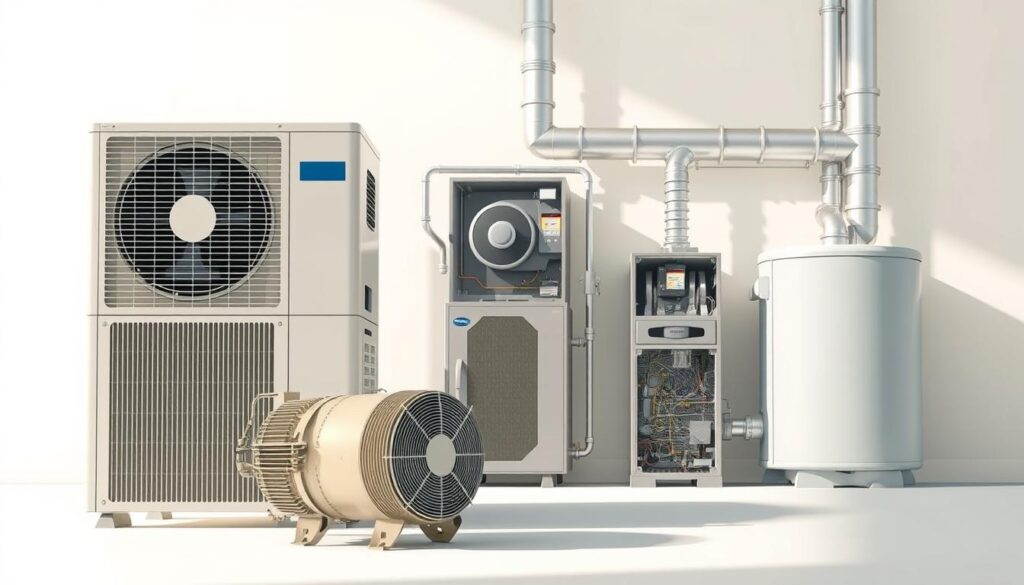
Understanding the intricacies of your HVAC system is crucial for maintaining its efficiency and prolonging its lifespan. Your HVAC system is made up of several key components, each playing a vital role in its overall performance.
Common Types of Residential HVAC Systems
Residential HVAC systems come in various types, including air conditioning systems, heat pumps, electric heaters, gas furnaces, and dual fuel heat pump furnaces. Each type has its unique characteristics and maintenance requirements.
For instance, air conditioning systems are designed to cool your home during the warmer months, while heat pumps can provide both heating and cooling. Understanding the type of HVAC system you have is essential for proper maintenance.
Key Components That Require Regular Maintenance
Regular maintenance of your HVAC system’s components is vital for its efficiency and longevity. Some of the key components that require regular maintenance include:
- Air filters, which need to be replaced every 1-3 months
- Evaporator and condenser coils, which require annual cleaning
- Condensate drain lines, which must be checked and cleared regularly
- Blower motors and fans, which need inspection and lubrication
| Component | Maintenance Task | Frequency |
|---|---|---|
| Air Filters | Replacement | Every 1-3 months |
| Evaporator and Condenser Coils | Cleaning | Annually |
| Condensate Drain Lines | Clearing | Regularly |
By understanding and maintaining these components, you can ensure your HVAC system operates efficiently and effectively throughout the year.
Spring HVAC Maintenance Checklist
Spring is the perfect time to inspect and maintain your HVAC system before the peak cooling season. After being dormant during the winter months, your air conditioning equipment may have accumulated dirt or suffered damage. A thorough maintenance check ensures that your system operates efficiently and effectively when you need it most.
Preparing Your Air Conditioning System After Winter
Before deploying your AC for the season, it’s crucial to inspect the indoor components. This includes checking the condition of indoor coils, air blowers, vents, and ductwork. Cleaning or replacing these parts as needed will help maintain optimal system performance.
- Inspect indoor coils for dust and debris buildup.
- Check air blowers for dust accumulation and clean as necessary.
- Examine vents and ductwork for visible dust, leaks, or damage.
Outdoor Unit Inspection and Cleaning Tasks
The outdoor unit of your HVAC system also requires attention after winter. Ensure that the area around the unit is clear of debris, leaves, and vegetation. Cleaning the condenser coils and checking for any damage or blockages will help maintain efficiency.
Indoor Component Maintenance and Filter Replacement
Replacing air filters with the correct size and type for your system is essential for optimal airflow and filtration. Additionally, cleaning the evaporator coil, inspecting and cleaning the condensate drain pan and lines, and checking blower components for dust buildup are crucial tasks.
- Replace air filters to ensure optimal airflow and filtration.
- Clean the evaporator coil or schedule professional cleaning.
- Inspect and clean the condensate drain pan and lines.
- Check and clean blower components as needed.
- Test thermostat operation and consider upgrading to a programmable model.
By following this spring HVAC maintenance checklist, you can ensure your system operates efficiently, effectively, and safely throughout the cooling season.
Summer HVAC Maintenance Checklist
As summer approaches, ensuring your HVAC system is ready for the increased demand is crucial for maintaining a comfortable indoor environment. A well-maintained system not only provides better cooling but also operates more efficiently, saving you money on your energy bills.
Monitoring System Performance During Peak Usage
During the summer months, your air conditioning system works harder than usual. It’s essential to monitor its performance to identify any potential issues early. Check if your system is cooling your home consistently and if there are any unusual noises or smells. If you notice any discrepancies, it may be a sign that your system needs maintenance or repair.
Ensure that all vents are open and not obstructed by furniture or other objects. This simple check can significantly improve the efficiency of your cooling system.
Checking Refrigerant Levels and System Efficiency
Low refrigerant levels can significantly impact your HVAC system’s efficiency and ability to cool your home. If you suspect a refrigerant leak, it’s crucial to have it inspected by a professional. Leaks not only reduce the system’s efficiency but can also lead to more costly repairs if left unaddressed.
Checking the system’s efficiency involves evaluating its Seasonal Energy Efficiency Ratio (SEER). A higher SEER rating indicates better efficiency. Consider upgrading to a more efficient system if your current one is old or inefficient.
Energy-Saving Tips and Thermostat Programming
Before deploying your air conditioner for the summer months, consider replacing it with an energy-efficient programmable thermostat that can reduce cooling bills by as much as 10 percent. Here are some tips to maximize your energy savings:
- Program your thermostat to raise temperatures when you’re away and lower them before you return home.
- The Department of Energy recommends setting your thermostat to 78°F when home and 85°F when away for optimal efficiency.
- Using ceiling fans in conjunction with your AC can create a wind-chill effect, allowing you to set the thermostat higher without sacrificing comfort.
- Close blinds and curtains during the hottest parts of the day to reduce solar heat gain.
- Avoid using heat-generating appliances like ovens and dryers during peak afternoon hours.
- Consider a smart thermostat that learns your schedule and optimizes cooling automatically.
- Use the “auto” fan setting rather than “on” to reduce energy consumption and manage humidity better.
- Schedule activities that generate heat and humidity for cooler morning or evening hours.
By following these tips and maintaining your HVAC system, you can enjoy a cooler, more comfortable home during the summer months while keeping your energy bills in check.
Fall HVAC Maintenance Checklist
As the fall season approaches, it’s essential to prepare your HVAC system for the colder months ahead. A well-maintained heating system not only ensures a warm and comfortable home but also optimizes energy efficiency and reduces the risk of costly repairs.
Transitioning from Cooling to Heating Mode
Before switching from cooling to heating mode, inspect your system’s components to ensure they’re in good working condition. Check the thermostat to ensure it’s functioning correctly and consider upgrading to a smart thermostat for better temperature control and energy savings. It’s also a good idea to check the fall HVAC maintenance checklist for a comprehensive guide.
Furnace Inspection and Heating System Preparation
A thorough furnace inspection is crucial before the heating season begins. Check for signs of wear and tear, ensure proper ignition, and inspect the heat exchanger for any cracks or damage. It’s also essential to check the airflow by ensuring that all vents are unobstructed and that the system is producing adequate heat.
| Furnace Inspection Tasks | Description |
|---|---|
| Check Ignition System | Ensure the ignition system is functioning correctly. |
| Inspect Heat Exchanger | Look for cracks or damage that could lead to safety issues. |
| Verify Airflow | Ensure all vents are unobstructed and airflow is adequate. |
Ductwork Cleaning and Sealing Before Winter
Leaky or damaged ductwork can significantly impact your HVAC system’s efficiency. Inspect the ductwork for signs of leakage or damage and seal any leaks with mastic sealant or metal-backed tape. Consider professional duct cleaning if it hasn’t been done recently or if you notice excessive dust. Properly insulated ductwork in unconditioned spaces like attics and crawlspaces can also prevent heat loss.
By following this fall HVAC maintenance checklist, you can ensure your heating system is ready for the winter months, providing a warm and comfortable home while optimizing energy efficiency.
Winter HVAC Maintenance Checklist
As winter approaches, it’s crucial to ensure your HVAC system is ready to keep your home warm and comfortable. A neglected HVAC system can lead to poor indoor air quality and reduced comfort. Over time, dust and debris can accumulate within your system, circulating contaminants throughout your home.
Maintaining Heating Efficiency During Cold Months
To maintain heating efficiency, it’s essential to ensure that your HVAC system is in good working condition. Regular maintenance tasks include checking and replacing filters, inspecting the furnace, and ensuring that all components are functioning correctly. This not only improves the system’s performance but also helps in reducing energy bills.
Regular filter replacement is crucial as it directly affects the system’s efficiency and the air quality in your home. A dirty filter can cause the system to work harder, leading to increased energy consumption and potential breakdowns.
Protecting Outdoor Units from Snow and Ice
Outdoor units of your HVAC system are exposed to harsh winter conditions, including snow and ice. It’s vital to protect these units to ensure they continue to function properly. Clearing snow and ice from around the units and ensuring they are not blocked by debris or furniture is essential.
Additionally, consider using a cover or other protective measures to shield the unit from extreme weather conditions. However, ensure that the cover does not obstruct airflow or cause moisture buildup, which could lead to damage.
Indoor Air Quality Management in Sealed Homes
During winter, homes are more sealed, which can trap pollutants and affect indoor air quality. To manage this, consider using higher MERV-rated filters during the winter months. Monitoring humidity levels is also crucial to prevent them from dropping too low, which can cause respiratory issues and static electricity.
- Use ventilation strategically to introduce fresh air periodically.
- Check and clean the humidifier if your system includes one.
- Consider using portable air purifiers in frequently used rooms.
- Be mindful of indoor activities that generate pollutants.
By following these tips and maintaining your HVAC system, you can ensure a warm, comfortable, and healthy home environment throughout the winter season.
DIY vs. Professional Seasonal HVAC Maintenance
Understanding the difference between DIY and professional HVAC maintenance can significantly impact your system’s performance and lifespan. While some tasks can be handled by homeowners, others require the expertise of a professional HVAC technician to ensure the system operates safely and efficiently.
Tasks Homeowners Can Safely Perform
Homeowners can safely perform simple maintenance tasks such as changing filters and cleaning vents. These tasks are essential for maintaining good indoor air quality and ensuring that the HVAC system operates efficiently. Regular filter changes can also help reduce energy consumption and lower utility bills.
When to Call a Professional HVAC Technician
However, more complex tasks require the expertise of a professional HVAC technician. Scheduling a professional maintenance visit is one of the most important steps in HVAC maintenance. Qualified technicians can perform a comprehensive inspection of your HVAC system, identify potential issues, and address them before they escalate into costly repairs.
What to Expect During a Professional Service Visit
During a professional service visit, technicians will perform several critical tasks. Here is a summary of what to expect:
| Task | Description |
|---|---|
| Comprehensive Inspection | Inspection of all system components, including those not accessible to homeowners. |
| Electrical Connections and Controls | Testing to ensure safe operation. |
| Refrigerant Levels and System Pressures | Measurement to verify proper operation. |
| Coil Inspection and Cleaning | Inspection and cleaning of condenser and evaporator coils to maintain efficiency. |
By understanding the benefits of both DIY and professional HVAC maintenance, homeowners can make informed decisions about their HVAC system care, ensuring it operates efficiently and effectively throughout the year.
Creating Your Year-Round HVAC Maintenance Schedule
Every homeowner should prioritize creating a customized HVAC maintenance schedule tailored to their system’s unique needs. Each HVAC system has its own set of maintenance requirements, influenced by factors such as design, usage patterns, and local climate.
To create an effective schedule, start by understanding your system’s specific needs. Consider factors like the type of HVAC equipment you have, your household conditions (e.g., pets, allergies), and your local climate. For instance, homes in extreme climates may require more frequent maintenance checks.
A comprehensive maintenance schedule should include:
- Regular filter changes based on your system’s requirements and household conditions.
- Professional maintenance visits twice a year, ideally before the cooling and heating seasons.
- Monthly checks on thermostats and visible components for any signs of issues.
- Documentation of all maintenance performed, including dates and parts replaced.
- Adjustments to your schedule based on manufacturer recommendations and system performance.
By following these steps and creating a seasonal HVAC maintenance checklist, you can ensure your system operates efficiently throughout the year. This not only enhances your home’s comfort but also prolongs the lifespan of your HVAC equipment and potentially lowers your energy bills.
Remember, a well-maintained HVAC system is key to a comfortable and healthy home environment.

